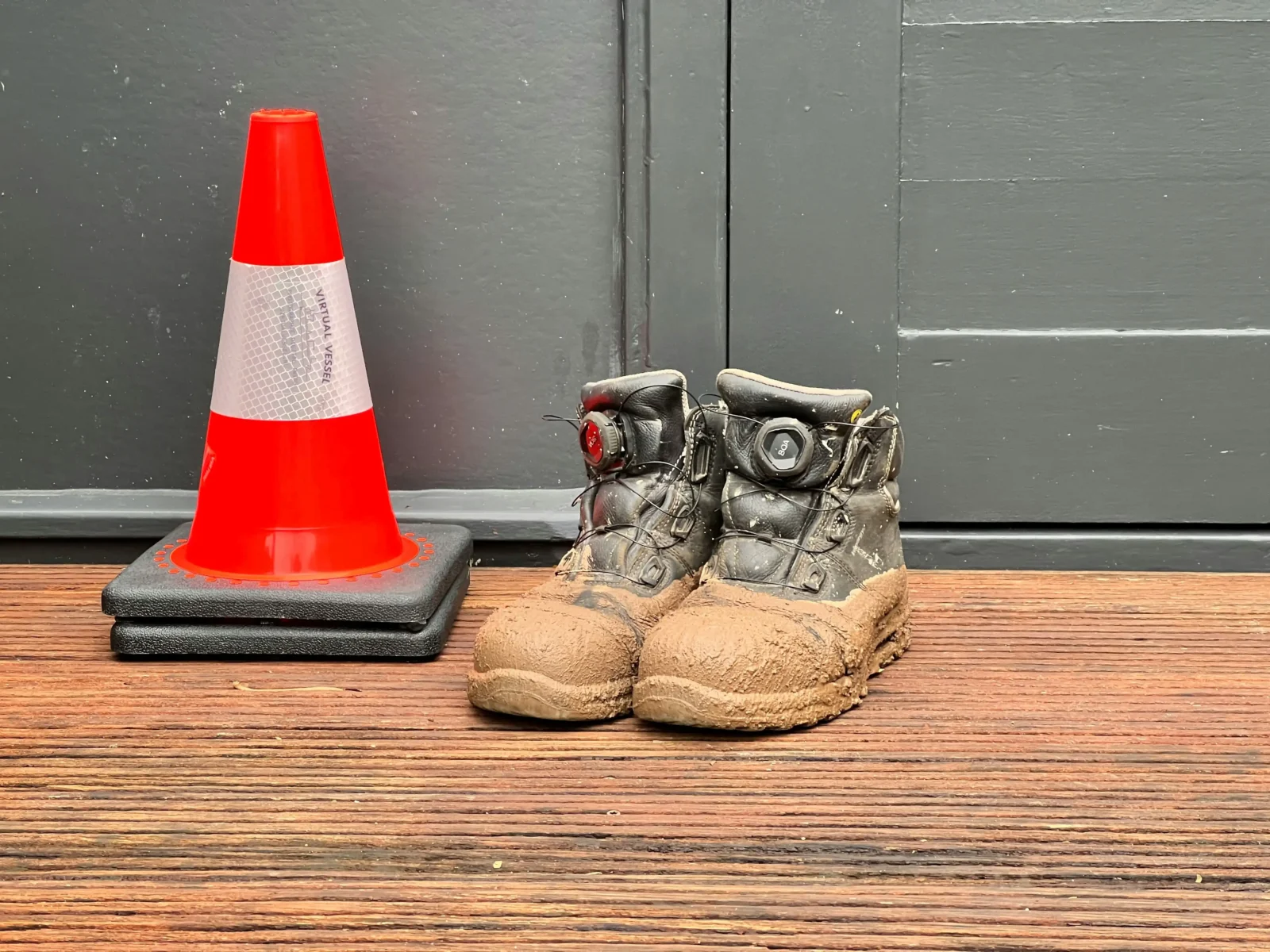- Home
- Articles
- Architectural Portfolio
- Architectral Presentation
- Inspirational Stories
- Architecture News
- Visualization
- BIM Industry
- Facade Design
- Parametric Design
- Career
- Landscape Architecture
- Construction
- Artificial Intelligence
- Sketching
- Design Softwares
- Diagrams
- Writing
- Architectural Tips
- Sustainability
- Courses
- Concept
- Technology
- History & Heritage
- Future of Architecture
- Guides & How-To
- Art & Culture
- Projects
- Interior Design
- Competitions
- Jobs
- Store
- Tools
- More
- Home
- Articles
- Architectural Portfolio
- Architectral Presentation
- Inspirational Stories
- Architecture News
- Visualization
- BIM Industry
- Facade Design
- Parametric Design
- Career
- Landscape Architecture
- Construction
- Artificial Intelligence
- Sketching
- Design Softwares
- Diagrams
- Writing
- Architectural Tips
- Sustainability
- Courses
- Concept
- Technology
- History & Heritage
- Future of Architecture
- Guides & How-To
- Art & Culture
- Projects
- Interior Design
- Competitions
- Jobs
- Store
- Tools
- More
Long-Distance Moving: How to Prepare and What to Expect

Long-distance moving may induce stress and overwhelm, yet proper preparation and realistic expectations can transform it into an exhilarating journey.
Beginning a long-distance relocation can be both thrilling and intimidating.. As you transition from familiar territories to new horizons, the process involves more than just packing your belongings. It’s about setting the stage for a new chapter in your life, filled with expectations, challenges, and adventures. Whether moving across state lines or navigating the complexities of international relocation, preparing effectively and using moving and storage services can help ease the burden.
From the initial planning to settling into your new home, these essential tips and tricks will help mitigate the stress associated with such a significant change. So let’s dive in and begin this journey together, equipped with knowledge and ready to tackle the exciting road ahead.

Table of Contents
ToggleWhat You Need to Know Before Planning Your Long-Distance Move
Before you start packing boxes and making arrangements with your moving company, there are a few key things to remember.
Trusted companies like Bailey’s Moving and Storage offer professional services that can make long-distance moving less stressful and more efficient.
Research Your New Location
Before you finalize your moving plans, it’s essential to research the area you’ll be relocating to. This includes everything from the cost of living and job opportunities to school districts and local amenities. Take some time to explore the neighborhood virtually or in person, if possible. Familiarizing yourself with your new surroundings will help ease culture shock and ensure a smoother transition.
Create a Timeline
Once you have a general idea of when and where you’ll be moving, it’s crucial to create a timeline for all the necessary tasks leading up to the big day. This can include decluttering, packing, and scheduling important appointments or services. Dividing these tasks into smaller, manageable segments can alleviate stress and avoid rushed last-minute efforts.
Purge and Declutter
Moving is the perfect opportunity to declutter and eliminate any items you no longer need or want. Think about donating, selling, or passing on items that are still in good shape but no longer add value to your life. This not only simplifies packing and moving but also cuts down on moving expenses by lightening your load. And starting anew in your new place with fewer possessions can bring a sense of freedom.
When planning a long-distance relocation, it’s worth researching commercial moving companies near me to find experienced professionals who can handle everything from packing to transportation with ease.
Moving Budget
Moving to a new place often comes with a significant cost. But outlining a budget is key to keeping expenses in check. Start by calculating the expenses for hiring a moving company service or renting a truck if you opt for a DIY move. Consider additional costs like packing materials, insurance, and any other fees related to the relocation.
Research Moving Companies
If you’re thinking of hiring a moving company, make sure to pick a trustworthy and reliable one. People starting their new lives in Ontario like to find Ottawa long distance movers who will handle their belongings with care and ensure a smooth, stress-free relocation. Check out online reviews, ask friends or family for recommendations, and get quotes from a few companies to compare services. Also, watch out for any sneaky extra charges; you’ll want to get the most bang for your buck!
How to Prepare for the Long-Distance Move
If you are moving a long distance, there are a few additional steps you will need to take. Here are some tips to help you prepare for a successful long-distance move:
Follow the Moving Checklist
Relocating across great distances demands thorough planning and precise organization. Begin by establishing a detailed timeline that outlines every step of your move, from researching moving companies to the date you need to be fully unpacked in your new home. Creating a comprehensive checklist is crucial. It should include tasks such as securing housing, changing your address with government agencies and service providers, scheduling utility shut-offs at your old home, and set-ups up your new one. Consider the timing of your move carefully—some seasons or dates might offer more favorable rates from moving companies due to lower demand. Starting early gives you flexibility; you won’t have to compromise due to time constraints.
Create an Inventory List
As you begin packing up your belongings, it’s important to create an inventory list. This will not only help you keep track of everything during the move but can also come in handy for insurance purposes. Make sure to label each box with a number and corresponding item on your list, and keep the list in a safe place during the move. You may also capture images of important items for additional documentation purposes.
Pack Strategically
When preparing for a long-distance move, ensure your belongings are packed strategically to reach your new home safely. Start by investing in high-quality, sturdy boxes and packing materials. These can include bubble wrap, packing peanuts, and heavy-duty tape. Not only do these materials help protect your items during transit, but they also provide peace of mind knowing your possessions are securely packed. Clearly label each box and designated room to facilitate easier unpacking upon reaching your new residence.
When handling delicate items, opt for double-boxing and ample cushioning to absorb any bumps they may encounter during transit. Additionally, keep a detailed inventory of what’s in each box; this can be invaluable if something needs to be found quickly or if there’s an issue during the move. By taking the time to pack strategically, you’re setting yourself up for a smoother transition to your new home.
Label Everything
Labeling each box with its contents and the designated room in your new home is a critical step that should not be overlooked during the packing process. This simple yet effective strategy serves multiple purposes: it streamlines the unpacking process, helps movers understand where to place each box, and reduces the time spent searching for specific items once you arrive at your new residence.
Imagine trying to find your coffee maker on your first morning in the new house; clearly labeled boxes can turn an otherwise frustrating search into a quick and easy task. Furthermore, if friends or family are helping you move, clear labeling will make it easier for them to assist without constantly asking where things go. In essence, taking the time to label your boxes is an investment in reducing stress and saving time during the relocation process.
Taking Care of Logistics
Several logistical tasks need to be taken care of before moving day. These include setting up forwarding addresses for mail and utilities, notifying important contacts (such as banks, doctors, and schools), and arranging to transport large or fragile items. It’s also a good idea to make copies of important documents and keep them in a safe place during the move.
With modern technology, there are also many helpful apps and websites available to assist with the moving process. These can help with tasks such as finding reputable movers, organizing packing lists, and coordinating schedules for friends and family helping out.
Moving Day: What to Expect
When moving day finally arrives, it’s important to have a plan in place. This can include having a designated person direct the movers and ensuring all items are loaded onto the truck. It’s also helpful to have snacks and refreshments for everyone involved in the move.
Communicating With the Moving Company
Communication is key when working with a moving company. Ensure to provide them with all relevant information, such as the address of your new home and any special instructions for handling certain items.

Keep track of the inventory list provided by the movers to ensure that all of your belongings are accounted for during the move. If there are any discrepancies, be sure to bring it up with the moving company right away.
Ensuring All Items are Accounted for
As the designated person in charge of directing the movers, it is your responsibility to ensure all items are loaded onto the truck. This includes checking off each item on the inventory list as it is being loaded and making sure nothing is left behind.
In order to avoid any confusion or miscommunication, it’s important to clearly label boxes and furniture with their respective rooms in the new home. This will make it easier for the moving company to place them in the correct locations upon arrival. Having snacks and refreshments for everyone involved in the move can help keep morale high and ensure everyone stays energized throughout the process.
Keeping Valuables Close
When it comes to valuables such as jewelry, important documents, and sentimental items, it’s best to keep them close by rather than packing them in the moving truck. Consider packing items in a separate bag or box that you can personally transport to ensure their safety.
It’s also a good idea to have a designated safe spot for these valuable items during the move. This could be a locked room or a secure box that only you can access. By taking these precautions, you can minimize the risk of losing or damaging irreplaceable possessions during the move.
Taking Care of Last-Minute Tasks
No matter how organized you may be, there are always last-minute tasks that must be taken care of before the move. This could include canceling utilities and subscriptions, forwarding mail, and making final arrangements with movers or rental companies.
Make a list of these tasks and set aside time in your schedule to complete them. It’s also helpful to enlist the help of friends or family members for support during this busy time. experience for many people, but it’s important to stay positive throughout the process.

Settling into Your New Home
The final step in the moving process is settling into your new home. This can be exciting and overwhelming simultaneously, but with some organization and preparation, it can go smoothly.
Start by unpacking essentials and getting familiar with your new space. Then, slowly work on one room to avoid feeling overwhelmed. It’s also important to take breaks and try to enjoy the process of creating a new home for yourself.
Remember that it’s normal to feel a bit homesick or unfamiliar in your new surroundings. Reach out to friends or family for support, explore your new neighborhood, and give yourself time to adjust.
Stay Organized & Plan Ahead
Moving can be a stressful experience, but with proper planning and precautions, it can also be an opportunity for growth and excitement. Remember to stay organized, take breaks when needed, and reach out for support if necessary. With positive planning and some patience, you will be able to turn your new house into a comfortable and welcoming home in no time. Good luck with your move!
illustrarch is your daily dose of architecture. Leading community designed for all lovers of illustration and #drawing.
Submit your architectural projects
Follow these steps for submission your project. Submission FormLatest Posts
Understanding Site Safety Footwear in Architectural Practice
Architecture is often discussed through drawings, models, and finished buildings, yet a...
General Arrangement Drawings in Architecture: The Backbone of Clear Design Communication
General Arrangement Drawings explained: what they are, when to use them, how...
The Ultimate Guide to Fencing in North Dakota: Choosing the Best Fence for Your Property
Watching a chain link fence twist in 70 mph winds near Minot...
Gaudí: Where Architecture Meets Science
Gaudí: Where Architecture Meets Science shows catenary arches, ruled surfaces, and biomimicry...












Leave a comment